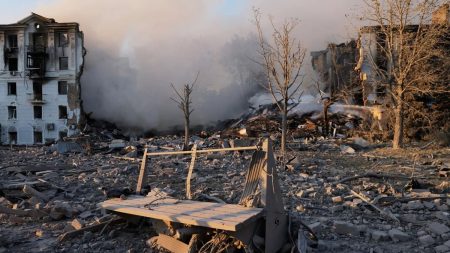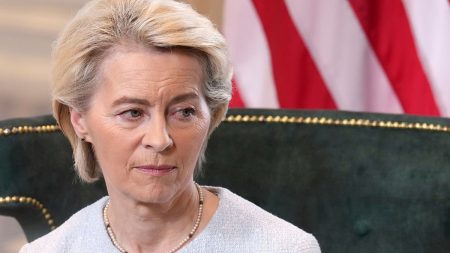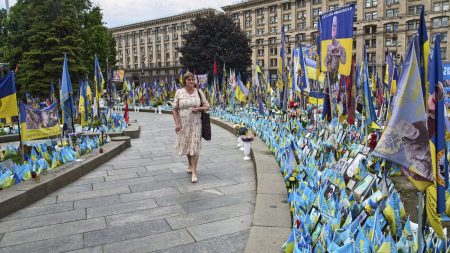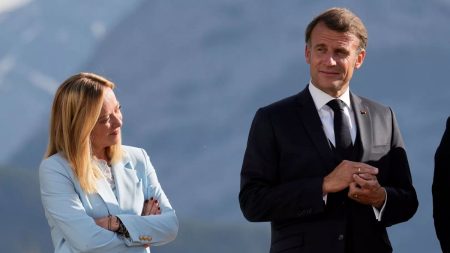The tragic crash of an Embraer 190 aircraft, en route from Baku, Azerbaijan, to Grozny, Russia, on December 25th, claimed the lives of all 38 people on board, prompting a multinational investigation into the causes of the disaster. The aircraft, manufactured in Brazil, crashed near Aktau, Kazakhstan, after being diverted from its intended destination. Brazilian air force investigators, in collaboration with experts from Kazakhstan, Azerbaijan, and Russia, are meticulously analyzing the black box data, comprising the cockpit voice recorder and flight data recorder, to unravel the sequence of events leading to the crash. This collaborative effort underscores the complexity of the investigation and the importance of international cooperation in determining the factors contributing to the tragedy.
The investigation, centered at the Brazilian Air Force’s Center for Investigation and Prevention of Air Accidents in Brasilia, involves a team of nine foreign investigators working alongside Brazilian experts. The team is tasked with extracting, obtaining, and validating the data from the flight recorders as quickly and accurately as possible. While there is no set deadline for the release of their findings, the ultimate responsibility for publishing the conclusions rests with the Kazakhstani authorities, reflecting the location of the crash site. The intricate process of data analysis requires meticulous examination to ensure the accuracy and reliability of the information extracted from the recorders.
The circumstances surrounding the crash have been shrouded in controversy, with accusations and conflicting accounts adding to the complexity of the investigation. Azerbaijani President Ilham Aliyev asserted that the aircraft was struck by ground fire originating from within Russian territory, rendering it uncontrollable due to electronic warfare. President Aliyev further accused Russia of attempting to suppress information regarding the incident and expressed his dissatisfaction with the explanations offered by Russian officials. These allegations raise serious questions about the potential involvement of external factors in the crash, adding a geopolitical dimension to the investigation.
The aircraft’s diverted flight path further complicates the narrative. Denied landing permission at two Russian airports near Grozny, the Embraer 190 was redirected across the Caspian Sea towards Kazakhstan. This diversion raises questions about the decision-making process that led to the plane being routed over the Caspian Sea and the potential role of air traffic control in the events leading up to the crash. The reasons for the denial of landing permission at the Russian airports remain a critical piece of the puzzle that investigators must unravel.
While Russian President Vladimir Putin offered an apology to President Aliyev for the “tragic incident,” he refrained from accepting responsibility for the crash. Concurrently, allegations emerged suggesting the aircraft was inadvertently shot down by Russian air defense systems engaged in repelling a Ukrainian drone strike near Grozny. The Kremlin confirmed the activation of air defense systems in the vicinity of Grozny at the time of the incident, adding another layer of complexity to the investigation. The potential involvement of Russian air defense systems raises critical questions about the protocols and procedures in place at the time and whether they contributed to the tragic outcome.
The multinational investigation now faces the arduous task of piecing together the fragmented information, analyzing the black box data, and considering the various accounts surrounding the incident to determine the definitive cause of the crash. The complexity of the situation is further compounded by the geopolitical sensitivities involved, requiring a thorough and impartial approach to uncover the truth and provide closure to the families of the victims. The investigation will undoubtedly require careful consideration of all available evidence, including the flight data, witness testimonies, and the potentially conflicting accounts from the involved countries, to arrive at a conclusive explanation for this tragic loss of life.














